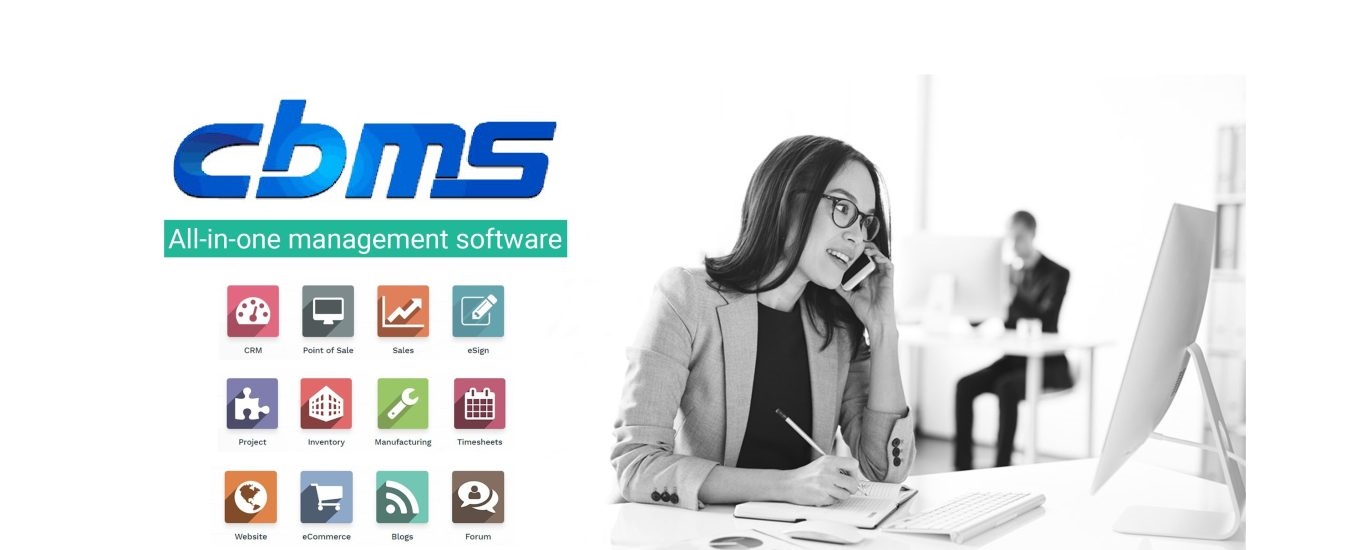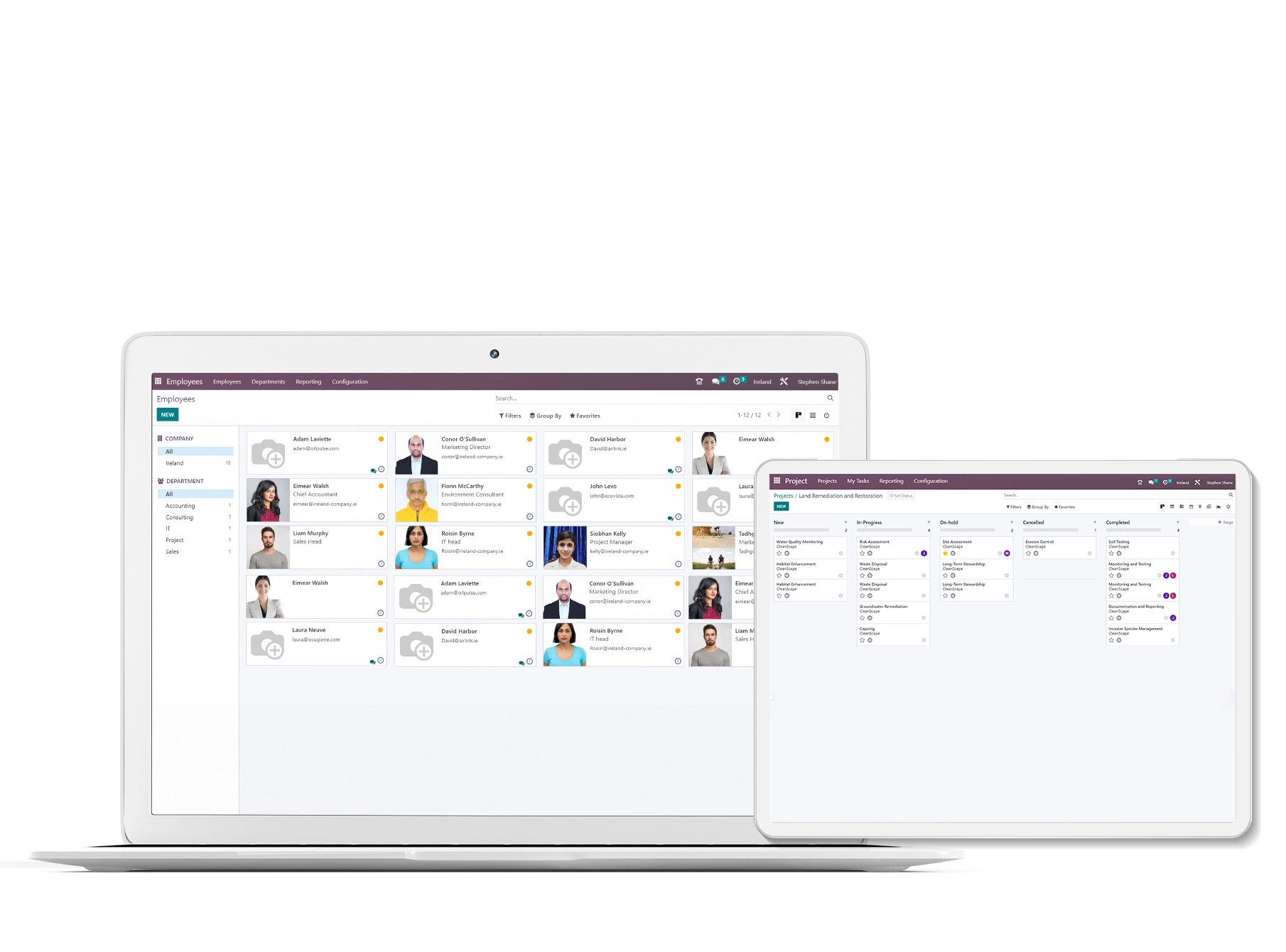Migration of High-Volume Data to Odoo ERP from 3 legacy systems in just 5 months
About Customer
Our client has been a leading European environmental consultancy and contracting firm since its establishment in 2003. They have successfully worked with various sectors across different industries, including but not limited to residential, commercial, public, and insurance services, across the entire continent.
Their comprehensive services include contaminated land assessment and remediation, hydrogeology and water resource development, occupational exposure and hygiene, insurance, and oil spill cleanup. To drive operational efficiency, enhance overall productivity, and achieve digital transformation, the agency intends to migrate its data from legacy systems to modern business management software.
Number of Employees : 50+
Business Needs & Challenges
-
Multiple legacy business management software: Our client managed its business using multiple software solutions, including Sage for finance and accounting, RGC for project management, and OneDrive for document management. The use of three different software solutions led to manual processes and time-consuming tasks.
-
Higher cost of licensing and operating: The use of multiple business management software solutions resulted in high licensing and operational costs for our client. Furthermore, maintenance and support for these distinct systems, including software updates and troubleshooting, as well as staff training and labor costs further increased operational expenses.
-
Ineffective processes and operational inefficiency: The unavailability of integrated ERP software led to a reliance on manual processes in multiple systems, which presented critical challenges of operation errors, delayed tasks, disrupted workflows, and reduced productivity.
-
Document management and data duplication: The client faced a major challenge managing high-volume documents and attachments related to each project. The company was dealing was large data of 6K Projects, 120K Tasks, 200K Timesheets, 9.5K Customers & Contacts, 35K POs & SOs, and 2TB of documents & media. The use of multiple software created a fragmented system, where documents were often duplicated and difficult to find.
-
Non-scalable system: Another challenge for our client was the lack of scalability in the existing software. With multiple legacy solutions like Sage, RGC, and OneDrive, the company struggles to adapt to changing business needs, cramping growth and responsiveness to market dynamics.
Services Provided
OUR APPROACH
To effectively meet the client’s requirements, we focused on migrating overall data and processes from their legacy system to a reliable and integrated ERP, which not only improves their operational efficiency but addresses the challenges of high operational costs as well within a limited period of time.
CONSULTING
We began by assessing our client’s unique needs and challenges. Following an in-depth analysis of their existing processes, we clearly defined the scope of the ERP system, detailing the necessary modules, features, and integrations to address their multifaceted business needs.
DESIGN
We designed the complete architecture of an ERP, outlining its structure along with integration capabilities. Parallelly, we developed an intuitive and user-friendly UI design to ensure alignment with their workflow and an efficient database schema to effectively manage data.
DEVELOPMENT
We configured Odoo ERP to meet our client’s specific needs, selected relevant modules and functionalities, and developed them in perfect harmony with the designed architecture. We then executed QA testing, encompassing unit, integration, and user acceptance testing.
DEPLOYMENT
We seamlessly installed Odoo ERP on their infrastructure, meeting all hardware and software requirements. Later, we migrated existing data to Odoo and conducted training sessions. The ERP system was introduced gradually and then expanded to full-scale deployment.
key features
-
User-friendly interface
-
User registration and authentication
-
Role-based user access management
-
Document management
-
Quick downloads for project attachments
-
Multicompany management
-
Budget calculation
-
Enhanced internal communication
-
Task assigning & approvals
-
Worksheets
-
Payment integration & multi-currency support
-
Performance reports & integrated dashboard
Technology Stack & Tools
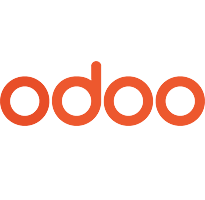
Odoo
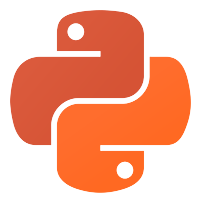
Python

PostgreSQL
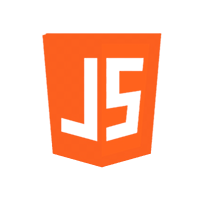
JavaScript

HTML/CSS

GitHub

AWS
OUR APPROACH
To effectively meet the client’s requirements, we focused on migrating overall data and processes from their legacy system to a reliable and integrated ERP, which not only improves their operational efficiency but addresses the challenges of high operational costs as well within a limited period of time.
CONSULTING
We began by assessing our client’s unique needs and challenges. Following an in-depth analysis of their existing processes, we clearly defined the scope of the ERP system, detailing the necessary modules, features, and integrations to address their multifaceted business needs.
DESIGN
We designed the complete architecture of an ERP, outlining its structure along with integration capabilities. Parallelly, we developed an intuitive and user-friendly UI design to ensure alignment with their workflow and an efficient database schema to effectively manage data.
DEVELOPMENT
We configured Odoo ERP to meet our client’s specific needs, selected relevant modules and functionalities, and developed them in perfect harmony with the designed architecture. We then executed QA testing, encompassing unit, integration, and user acceptance testing.
DEPLOYMENT
We seamlessly installed Odoo ERP on their infrastructure, meeting all hardware and software requirements. Later, we migrated existing data to Odoo and conducted training sessions. The ERP system was introduced gradually and then expanded to full-scale deployment.
